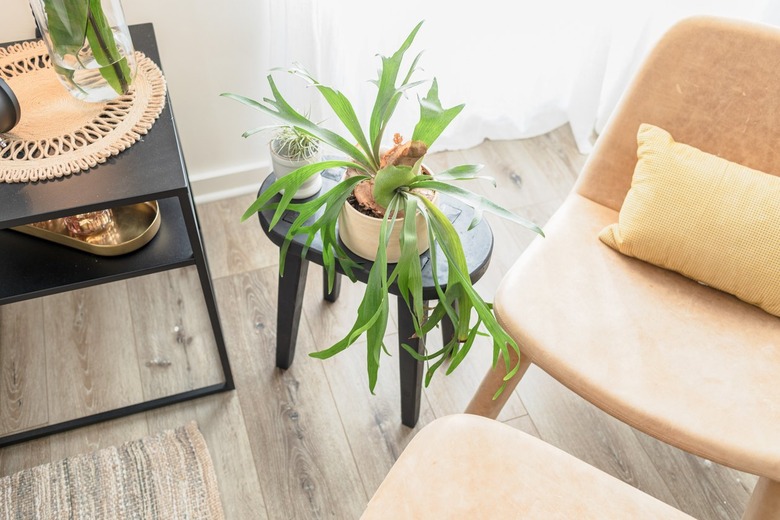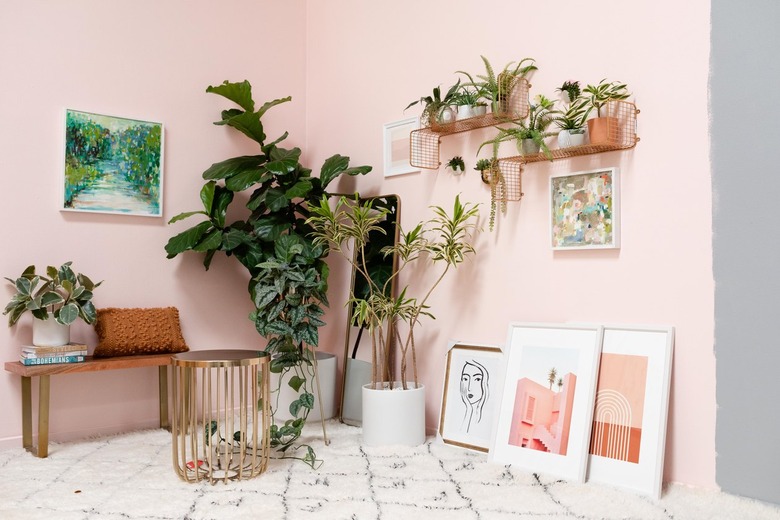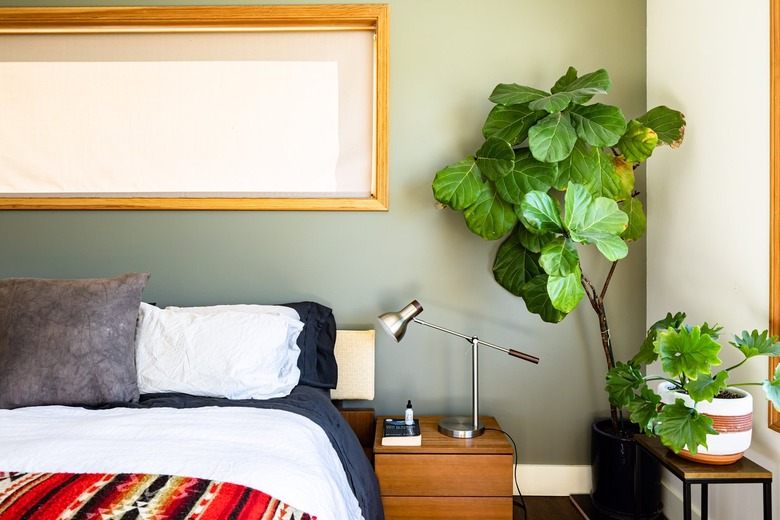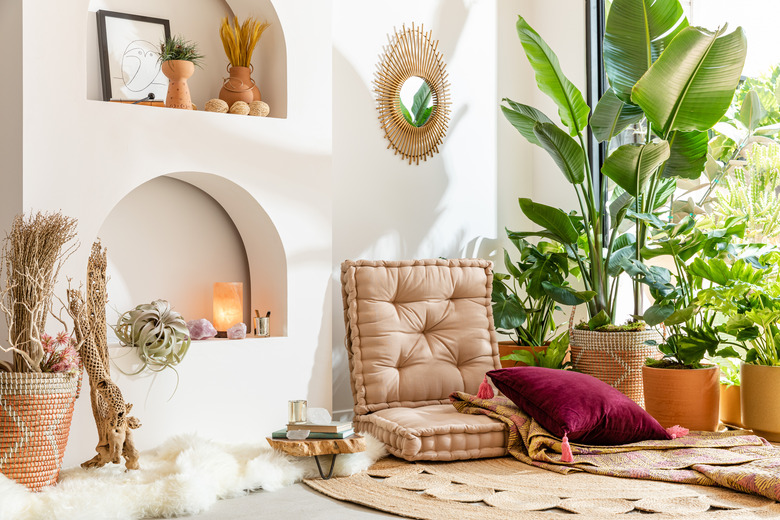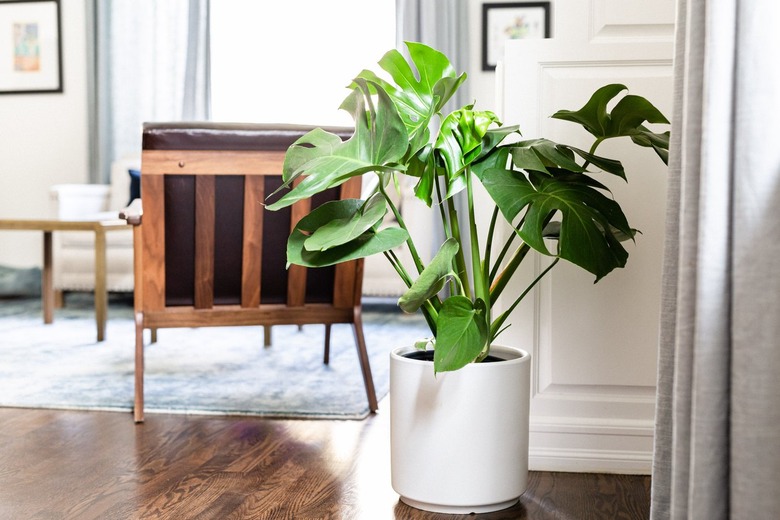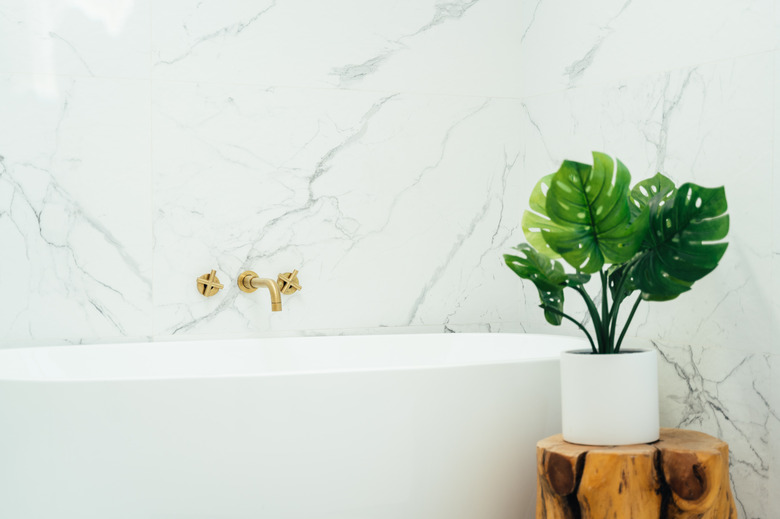Indoor Plant Care During The Winter: 5 Rules To Follow
As gardeners prepare for winter, most will spend time preparing their outdoor plants, shrubs, and even trees for the chill. Many of these plants pass into a floral hibernation called dormancy where their needs for water and fertilizer diminish.
But, how to care for indoor plants for the winter season? It may surprise you to learn that houseplants may pass into dormancy as well. That means you need to adjust your care.
Dormancy: A Long Winter's Nap
Dormancy: A Long Winter's Nap
No living thing can keep going without an occasional pause to recharge its batteries, including plants who are programmed for an annual rest period called dormancy. This mandates a change of plant care. The five big changes involve water, fertilizer, temperature, sunlight and humidity.
Five Rules for Winter Houseplant Care
Five Rules for Winter Houseplant Care
Think of your houseplant care as a gadget with knobs to adjust the different aspects. In winter, your adjustments are essentially this: Turn down the irrigation and fertilizer, turn up the sunshine, temperature, and humidity. Follow these rules:
References
1) Less Water
Plants need water to grow, but they require a lot less in winter. Yes, the winter air is drier, but as plant growth slows down, the need for hydration diminishes. The excess water sits in the soil and causes awful results like deadly root rot. Overwatering is the number one cause of houseplant death in winter.
But, how much is too much? Touch the soil, and not just the top. Wait to water until the soil is dry a couple of inches down. Another gauge is when the soil starts pulling away from the pot. If you see yellowing, falling leaves, stop watering immediately since these are signs that the plant has more to drink than it can make use of.
2) No Fertilizer
Think of your houseplants as sleeping in winter. Would you pour food down the throat of Sleeping Beauty? Of course not, so give your houseplants the same respect. Hold off of feeding them until spring rolls round and the leaves perk up and start to grow.
For that matter, don't do any other "tending" either. No new soil, no repotting. The plants will most appreciate a little down time.
3) Place in Sunnier Sites
All of us have to adjust to less sun in winter. There are fewer daylight hours and, on top of that, the sunlight angles in lower and there may be fewer sunny days. Houseplants feel this too. The ones hanging in windows are likely still getting sufficient rays, but plants that have been in indirect or low light rooms might find themselves in the dark.
Relocate these plants to a brighter spot, being careful to keep them well away from frosty window panes. South facing windows might work well right now, even if the sun would be too strong for a particular plant in summer. Alternatively, leave the plants in their accustomed locations but set up grow lights to provide for their needs through the darker season.
4) Set Stable Temperatures
Most houseplants share your temperature preferences. They are happy when daytime temperatures stay between 65 to 75 degrees Fahrenheit and nighttime temps drop, but no farther than 50 degrees Fahrenheit. This echoes the home temperatures of most houses, so what's the big deal in winter?
The temperature problem in winter has to do with icy drafts, frosty window panes, and heat sources like fireplaces, ovens, and radiators. Houseplants do not like fluctuations in temperatures even when dormant and spells of too hot or too cold can kill them. So watch where you place your houseplants to make sure the air temperature is relatively stable.
5) Increase Humidity
Houseplants like humidity, and many do best when the humidity level is 50 percent or higher. While this is hard to achieve at any time of the year, it is particularly hard in winter when the air is drier and the heater is on. The home humidity levels can plunge as low as 10 percent. This is the thorniest adjustment you'll have to worry about, but there are several possible solutions.
First, if you have a humidifier, use it near houseplants to keep them happy. Another way of upping the humidity is to group houseplants close to one another so one's transpiration benefits all. Placing plants in rooms with higher humidity, like the bathroom or the kitchen, is useful too. (Yes, some plants thrive in the shower!) So is the old standby of placing a plant on a saucer of water to allow the evaporation to moisten the leaves. Just be sure to put pebbles in the water so that the plant is above it, not in it.
All in all, don't fret too much about taking care of your houseplants in winter. Following these simple guidelines should see you and your leafy friends through spring.
